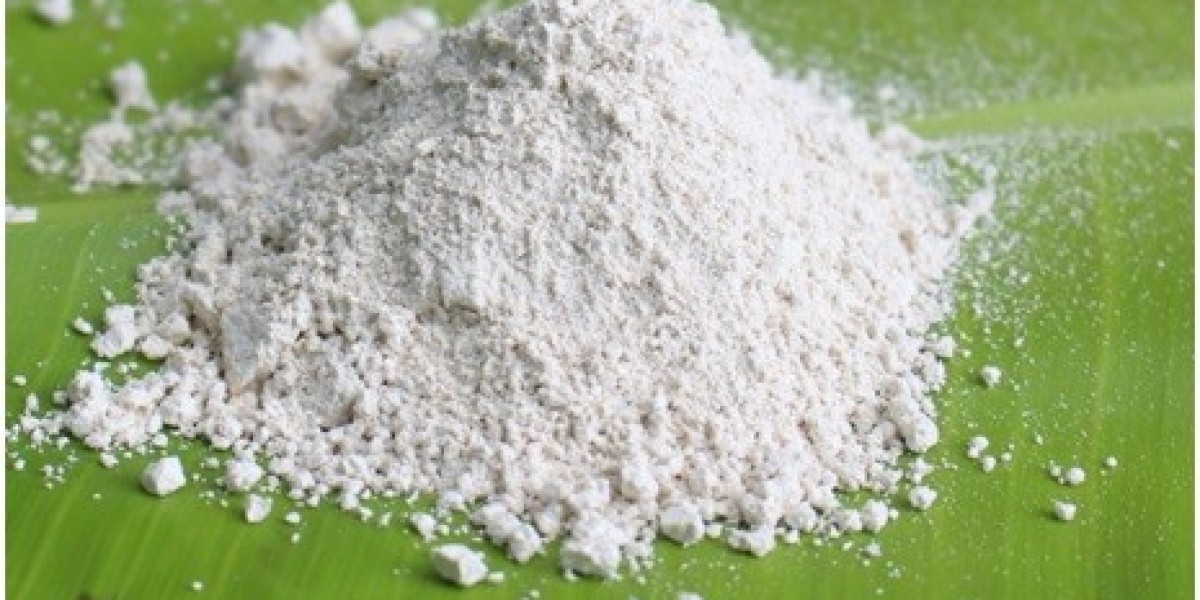Introduction
Ever wondered how some plants grow faster, stronger, and more resilient? It might just be the power of silicon fertilizer it’s Though not always talked about as much as nitrogen or phosphorus, silicon plays a major role in making plants tougher, healthier, and more productive. Let’s dive into how this unsung hero transforms nutrient uptake and boosts plant growth like a hidden superpower.
What is Silicon Fertilizer?
Silicon fertilizer is a type of soil amendment that supplies plants with bioavailable forms of silicon—usually in the form of potassium silicate, calcium silicate, or sodium silicate. It helps plants build stronger cell walls and boosts their overall resistance and growth potential.
Why is Silicon Important in Agriculture?
While silicon isn’t classified as an essential nutrient, it sure behaves like one. From increasing nutrient absorption to defending against stress, its presence in agriculture is growing—and for good reason.
The Role of Silicon in Plant Biology
How Plants Absorb Silicon
Plants primarily absorb silicon as monosilicic acid (H₄SiO₄), which is available in soil water. Once absorbed, silicon is transported and deposited in plant tissues, especially in the epidermal layers, giving them structural strength.
Silicon’s Function in Plant Tissues
Silicon accumulates in leaf blades and stems, forming a sort of armor. It acts like a natural shield, protecting against pests, diseases, and even excessive water loss.
Benefits of Silicon Fertilizer
Improved Nutrient Uptake
Silicon enhances root architecture, increasing the root surface area. More roots mean better access to essential nutrients like nitrogen, phosphorus, potassium, and even trace elements.
Enhanced Plant Growth and Development
By fortifying plant tissues and optimizing nutrient use, silicon promotes more vigorous growth. You’ll see thicker stems, greener leaves, and better yields.
Increased Resistance to Biotic and Abiotic Stress
Silicon doesn’t just make plants grow better—it makes them tougher. It helps them fight off pathogens, pests, drought, and even salinity.
Silicon and Nutrient Dynamics
Interaction with Macronutrients
Silicon improves nitrogen efficiency, reducing the amount lost to leaching or volatilization. It also helps in phosphorus availability by reducing its fixation in the soil.
Interaction with Micronutrients
Micronutrients like iron and manganese become more bioavailable in the presence of silicon. It balances the uptake and reduces toxicity issues.
Case Study: Silicon’s Effect on Nitrogen Uptake
Studies show that crops supplemented with silicon require less nitrogen for the same—or even better—yield. That’s great news for farmers and the environment.
Silicon and Phosphorus Availability
In phosphorus-fixing soils, silicon displaces phosphate ions from soil particles, making them available for root absorption. Smart, right?
Crop-Specific Benefits of Silicon Application
Rice and Silicon – A Strong Relationship
Rice is a known silicon accumulator. Silicon application in rice farming boosts grain yield, reduces lodging, and improves pest resistance.
Silicon in Sugarcane Cultivation
Sugarcane treated with silicon shows improved juice quality, cane weight, and resistance to fungal infections.
Application in Vegetable and Fruit Crops
Tomatoes, cucumbers, and strawberries benefit from silicon too! Expect better fruit quality, higher resistance to disease, and longer shelf life.
Application Methods for Silicon Fertilizer
Soil Application
Adding silicon directly to the soil is common. It's ideal for long-term improvement, especially in sandy or acidic soils.
Foliar Spray
Foliar sprays deliver silicon straight to the leaves. This is fast and useful during stress periods.
Hydroponic Integration
Silicon can be mixed into hydroponic solutions, offering the same benefits in soil-free systems.
Best Practices for Using Silicon Fertilizer
Dosage Recommendations
Start with small doses and observe. Most crops respond well to 100–300 kg/ha of calcium silicate, depending on the crop and soil condition.
Timing and Frequency
Apply during the early growth stages for maximum impact. Repeat if needed, especially for long-duration crops.
Compatibility with Other Fertilizers
Silicon plays well with others! It can be used alongside NPK fertilizers without any adverse effects.
Environmental Impact of Silicon Use
Soil Health Improvement
Silicon improves soil structure, reduces compaction, and enhances microbial activity.
Reduced Dependency on Chemical Fertilizers
By improving nutrient use efficiency, silicon reduces the need for heavy chemical applications.
Challenges and Considerations
Soil Type Dependency
Silicon's availability depends on the soil type. Acidic and sandy soils often respond better to silicon fertilization.
Availability of Commercial Silicon Products
Not all fertilizers contain bioavailable silicon. Make sure to choose the right product for your crop and soil type.
Future Perspectives
Research Trends in Silicon Fertilization
Ongoing studies explore silicon’s role in climate resilience, carbon sequestration, and even disease resistance.
Emerging Technologies and Innovations
Nano-silicon and smart delivery systems are already hitting the market, promising even better results in the near future.
Conclusion
Silicon fertilizer is a game changer. It doesn't just help plants grow—it helps them thrive. From boosting nutrient uptake to enhancing resilience, this underappreciated mineral is finally getting the recognition it deserves. Whether you’re farming rice, growing strawberries, or managing a greenhouse, silicon could be the silent partner you didn’t know you needed.








